Forum Baltic
Bienvenu sur le forum
Bienvenu sur le forum
Bienvenu sur le forum...
Bienvenu sur le forum...
Bienvenu sur le forum...
A photo gallery of the interim metting...
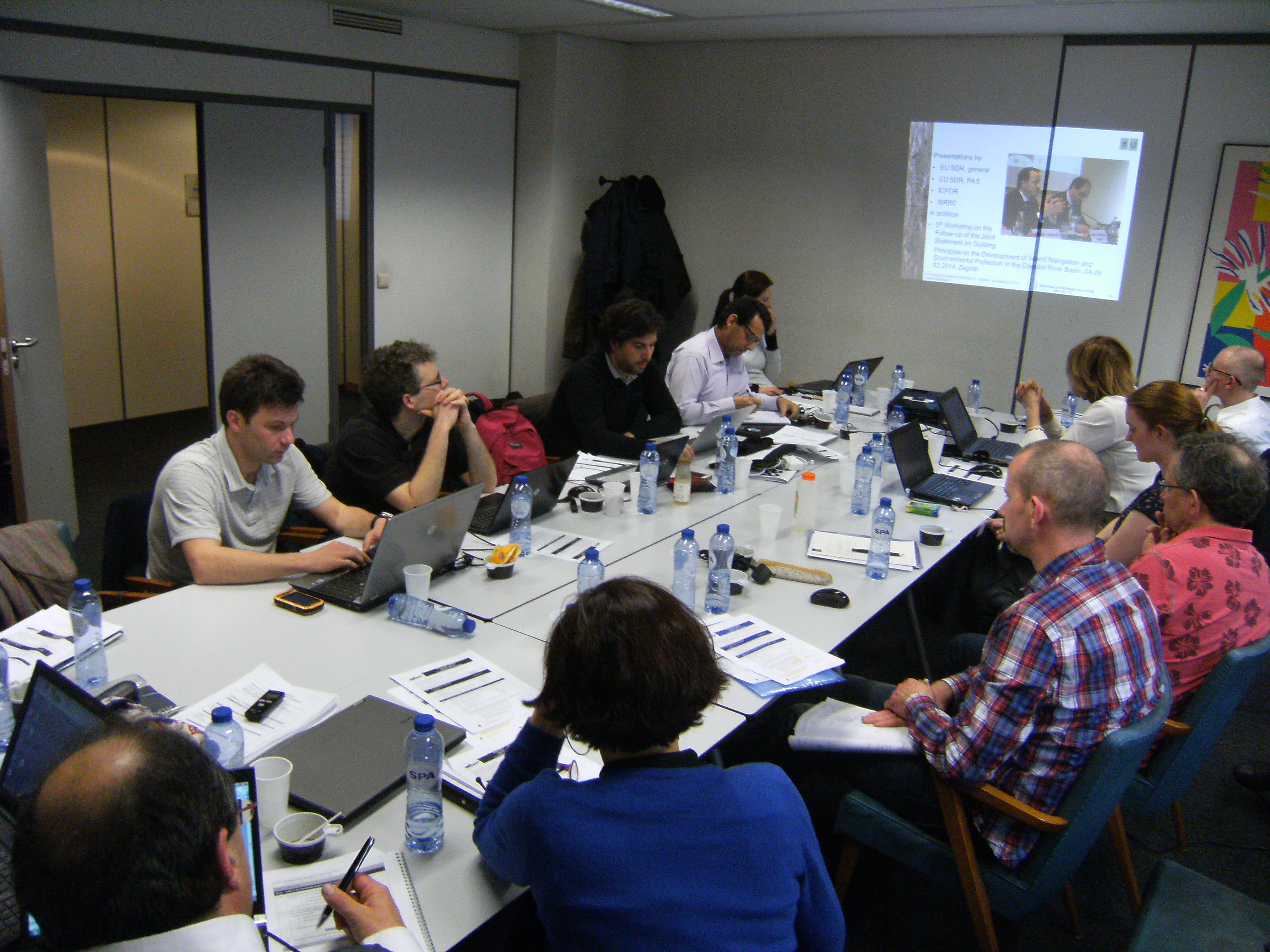
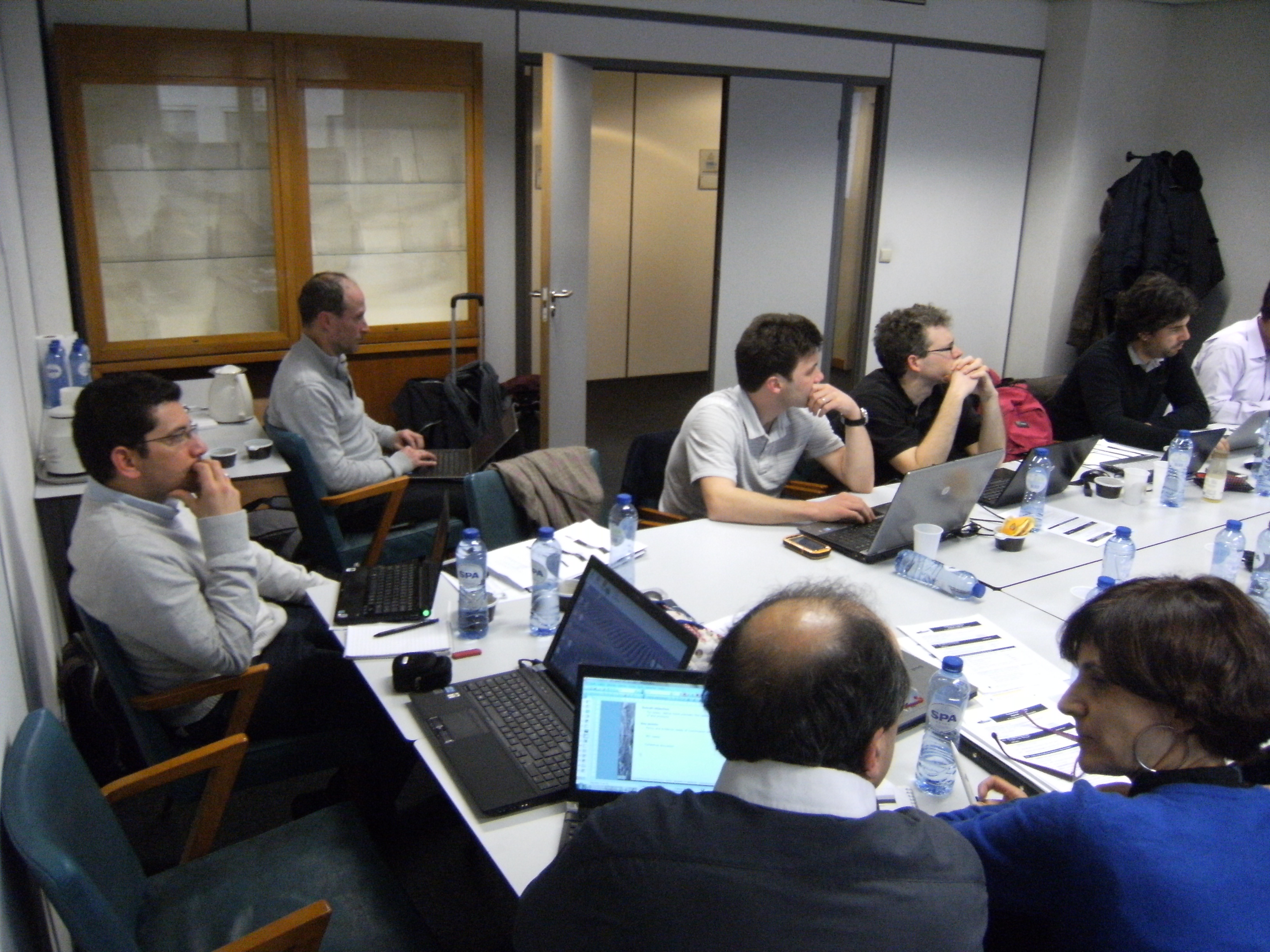
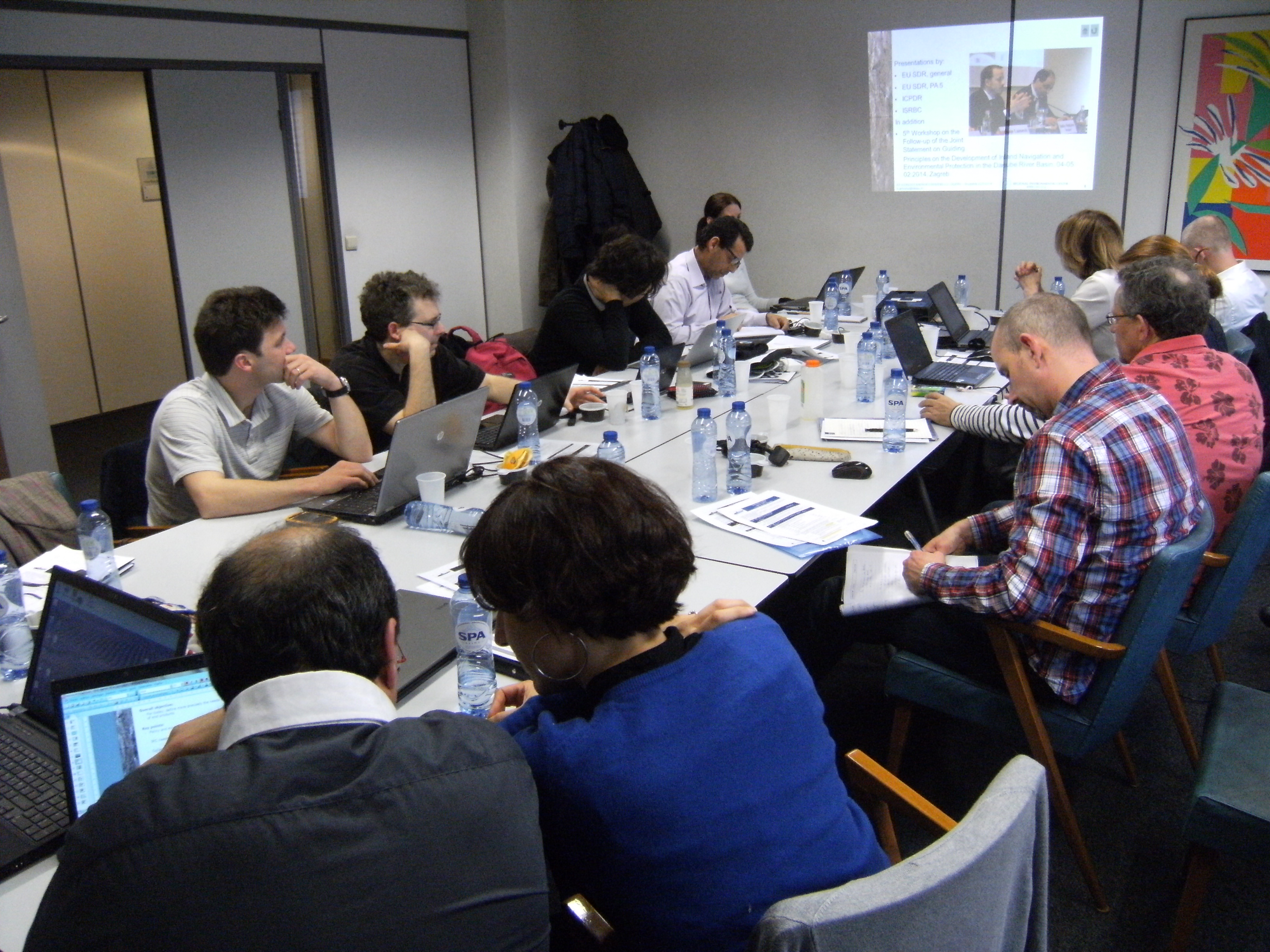
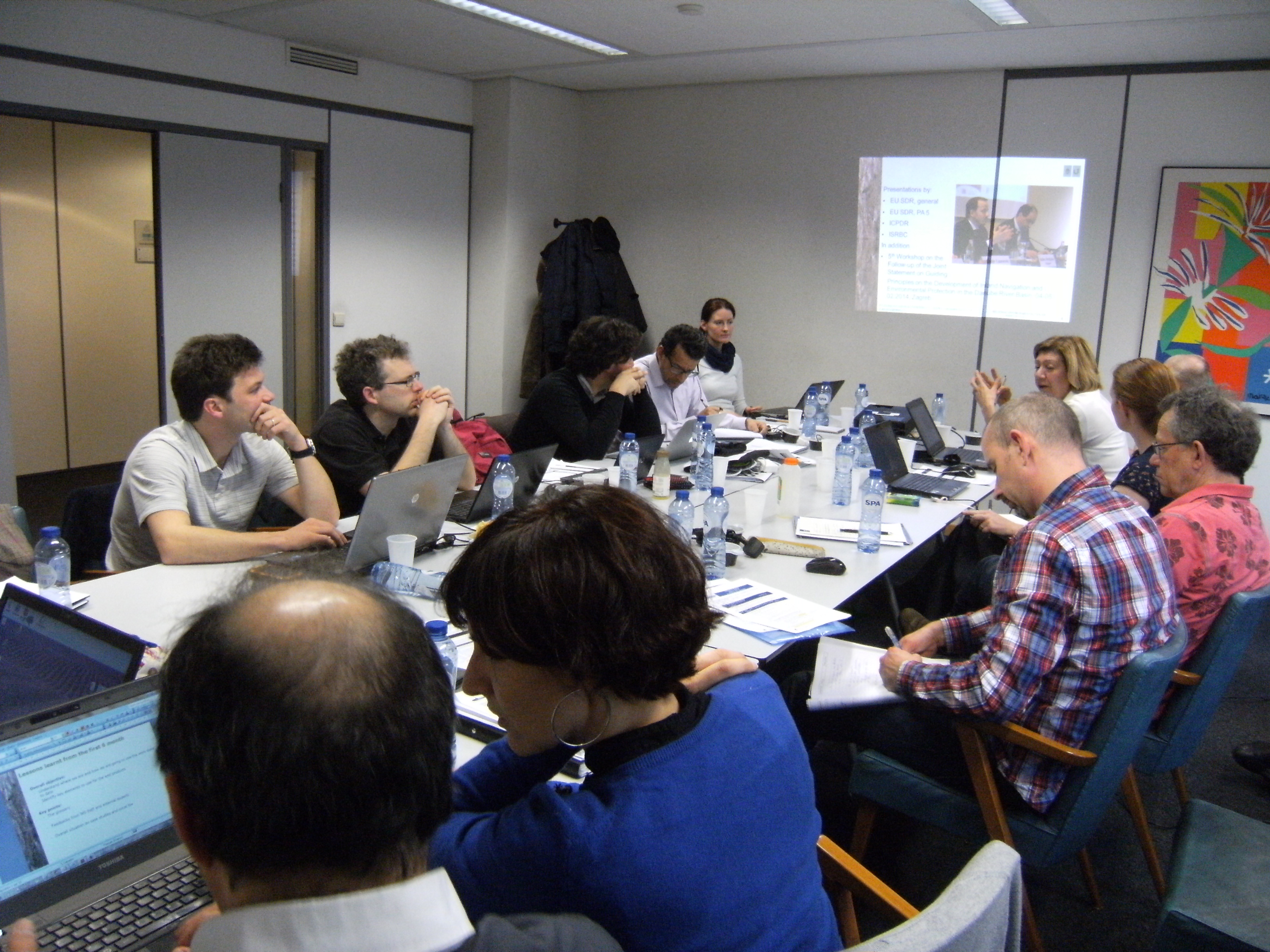
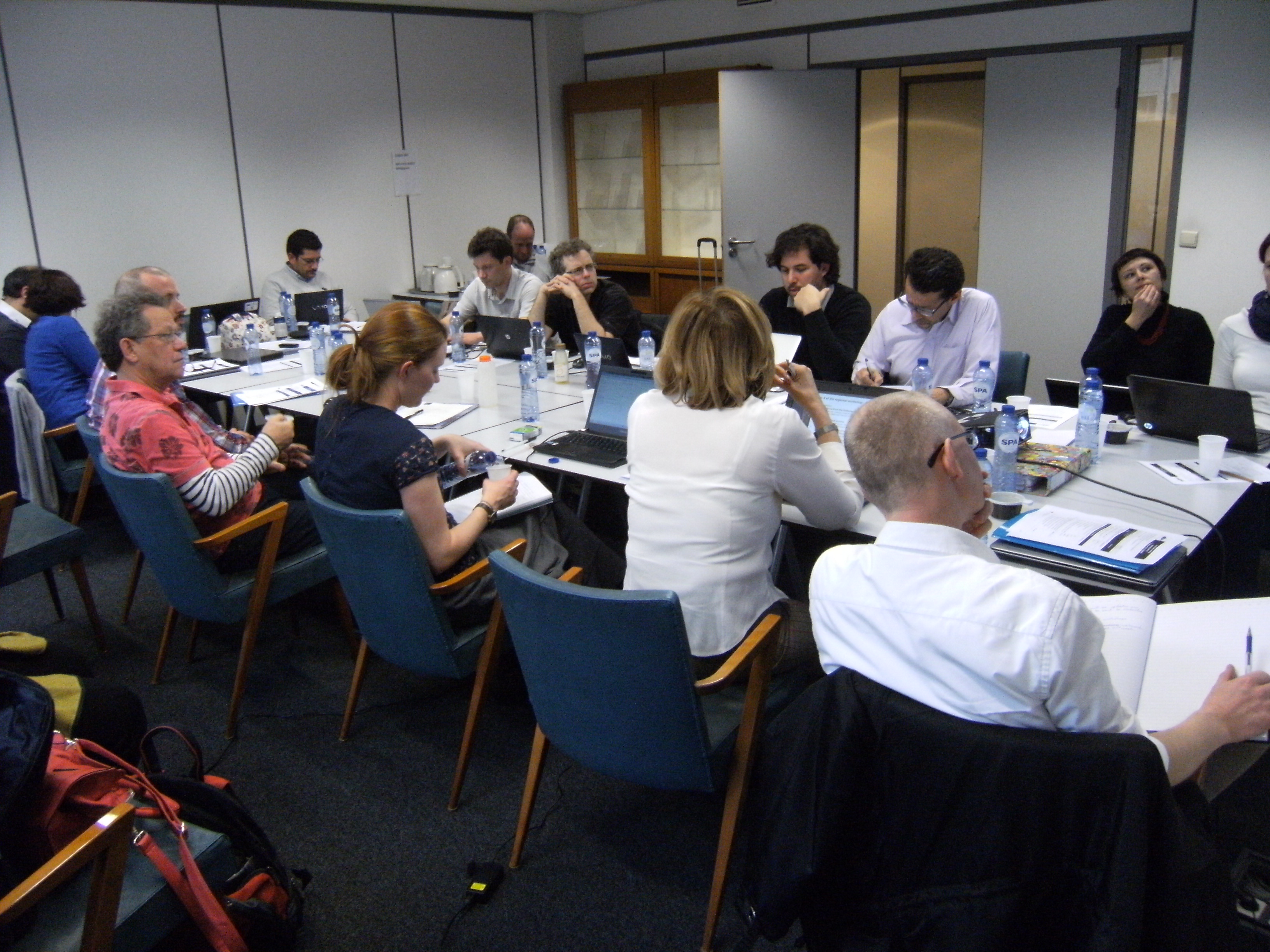
This is a very random gallery...

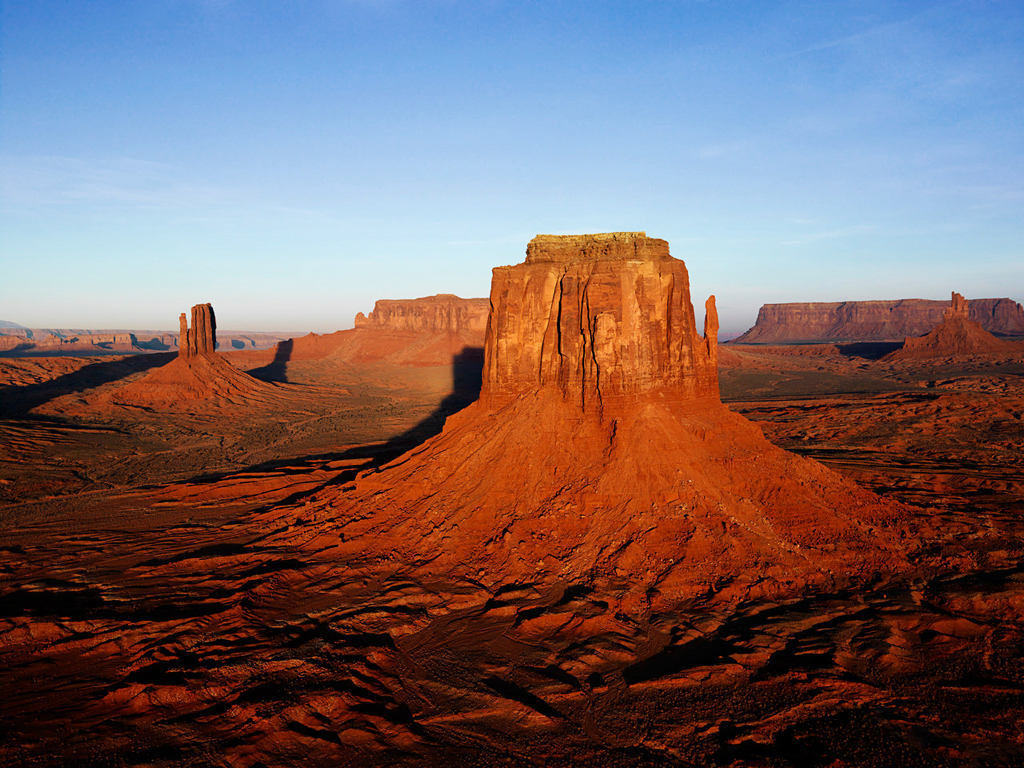






The practical guide:
In this section, you find communication material that can be used for any event related to NWRM or for all needs you have.
In order to provide information on key questions linked to the implementation of Natural Water Retention Measures (NWRMs), the following Synthesis Documents (SD) have been developed.
The information on this site is subject to a disclaimer, a copyright notice and rules related to personal data protection
Disclaimer
Afforestation is the process of planting trees, either to replace those removed during forest harvesting or as a means of land use conversion. Afforestation is part of several natural water retention measures as it can contribute to a more natural and sustainable hydrologic cycle.
Agronomic practices which have the primary purpose of improvements to agriculture can, in some cases, contribute to the functioning of natural water retention measures. As such, they integrate sustainable and natural water management into current practices.
Appropriately designed roads and stream crossings can minimize the likelihood of erosion and sediment production that can be associated with forestry activities including final harvest. Poorly designed or built roads and stream crossings can cause some of the most negative effects of forestry on the landscape. Well-designed roads follow the contours of the landscape. Roads which run up and down (instead of across) hills can act as channels which focus runoff and can lead to increased erosion. Properly designed stream crossings permit the free movement of fish and aquatic invertebrates and will not restrict peak flows. Ensuring that stream crossings do not restrict peak flows will help to reduce localized flooding and can ultimately be more cost effective as they will not need to be rebuilt following high flow events - Based on Stella definitions, adapted by NWRM project experts and validated by the European Commission